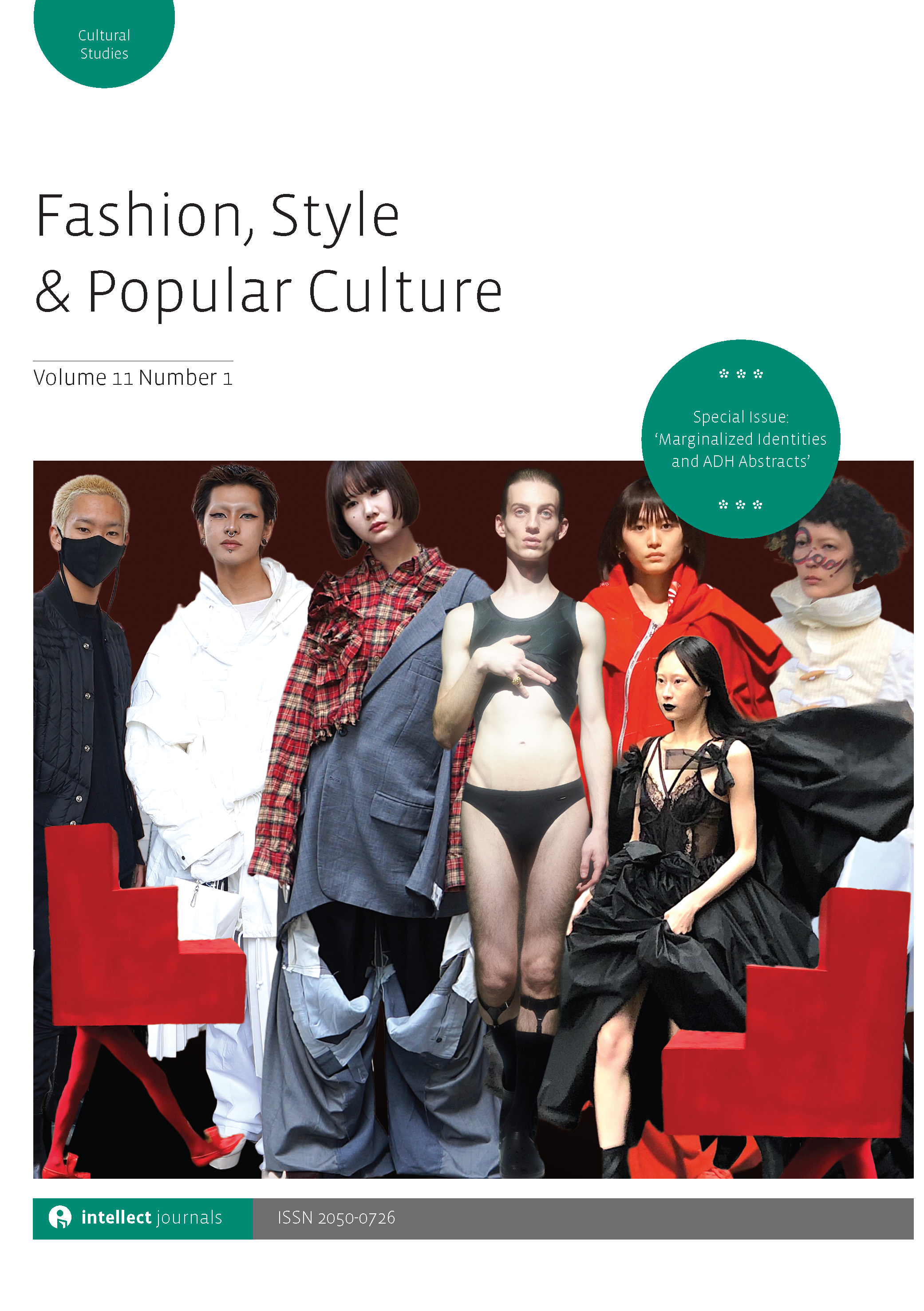
Full text loading...

Fashion design as a combined term conveys a different connotation than separate words of fashion and design. This is due to the complexity of the fashion system that also involves certain social prejudices, such as gendered practice and being shallow. This has set a gap for considering fashion design as a serious topic to study in comparison to other design subfields such as architecture and industrial design. However, this article argues that by emphasizing the dressmaking aspect in designing fashion, prejudices can be overcome. Finland, especially its capital Helsinki, is an established place for design and an emerging place for fashion. The recent development of the place where the encounter of design and fashion took place provides a unique condition for exploring the contemporary dressmaking practice of Helsinki-based fashion designers. A number of aspects identified from the context are shared to demonstrate how fashion design can be revisited besides the image-making aspect.

Article metrics loading...

Full text loading...
References


Publication Date:
https://doi.org/10.1386/fspc_00057_1 Published content will be available immediately after check-out or when it is released in case of a pre-order. Please make sure to be logged in to see all available purchase options.